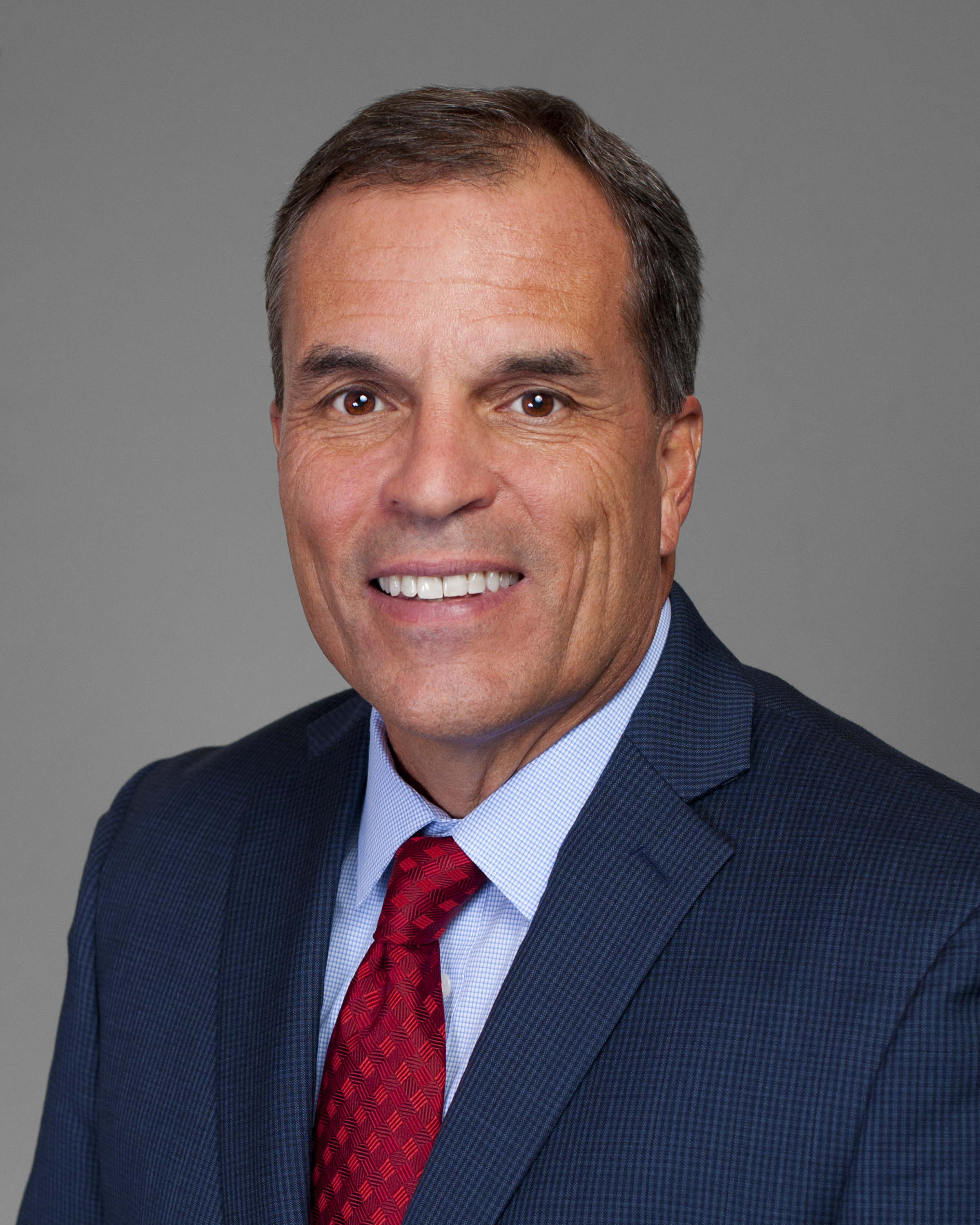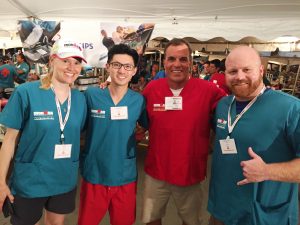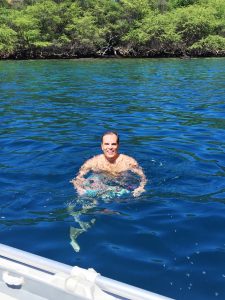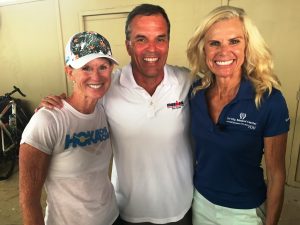In early October 2016, my travels took me to the Big Island of Hawaii and beautiful Kailua-Kona for my annual Ironman Sports Medicine Conference. This is always one of my favorite weeks of the year and a chance to combine outstanding Continuing Medical Education with physical activity. The meeting I organize is the official Sports Medicine Conference of the Ironman Triathlon World Championships held each year in Kona, Hawaii. It is the most important Triathlon race of the year and draws the top competitors in the world to compete in one of the most grueling sporting events on the planet. The race consists of a 2.4 mile ocean swim, followed by a 114 mile bike ride and finishes with a 26.2 mile marathon – all done in the hot and humid conditions of Kona. It is truly a remarkable test of an athlete’s skill and endurance.
This year’s conference was exceptional with a host of great speakers from around the world. They delivered many outstanding talks on nutrition, hydration, performance and common injuries – along with a series of talks on the effect of prolonged exercise on the heart. While this blog is dedicated to promoting the health benefits of exercise and the fact that Exercise is Medicine, it is important to understand that like all medicines, exercise has an optimal dose. The major benefit is gained by doing around 150 minutes per week or moderate intensity exercise – like a brisk walk! Hence the goal of the Every Body Walk! campaign is to try and get all Americans to achieve this walking goal. While I am most concerned about my patients who walk too little, there is also evidence that there may be a point where additional walking provides no added health benefit; and in fact, excessive exercise may lead to health problems, especially in regards to the heart. The good news is that you don’t have to dedicate large blocks of time or push yourself excessively hard to get the major health benefits of exercise – which is great news for most of us.
The Ironman conference runs 5 half days and in addition to the great medical lectures also offers a series of swim, run and triathlon clinics given during the other half of the day. These clinics provide an opportunity for conference attendees to improve their skills and training regimens, along with motivating them to improve their fitness. We provide a free pair of running shoes to everyone who attends the conference and encourage them to enjoy the numerous options for exercise available in and around Kona. I find being in this environment and observing these great endurance athletes to be very motivating to improve my own personal fitness.
At the end of the conference, most of the 220 or so conference attendees stay on to volunteer in the medical tent for the Ironman race. This provides a highly trained cadre of medical professionals who insure that any injured or ill triathlete on race day gets the highest quality medical care possible. Along with the occasional broken bone related to a bike crash, we always see a host of athletes suffering from exhaustion, dehydration and electrolyte problems. The vast majority do quite well with some rest, occasionally IV fluids and proper monitoring. This year proved to be another great race with no major medical issues.
Like always I got in a good deal of walking, running and swimming while I was in Kona. I particularly enjoyed a great swim at Kealakekua Bay (near the Captain Cook monument) with a group of friends that proved to be a highlight of the week.
I hope this blog finds you well and walking every day.
Bob















